How do I grow wild thistle mushrooms?
3 years ago · Updated 6 months ago
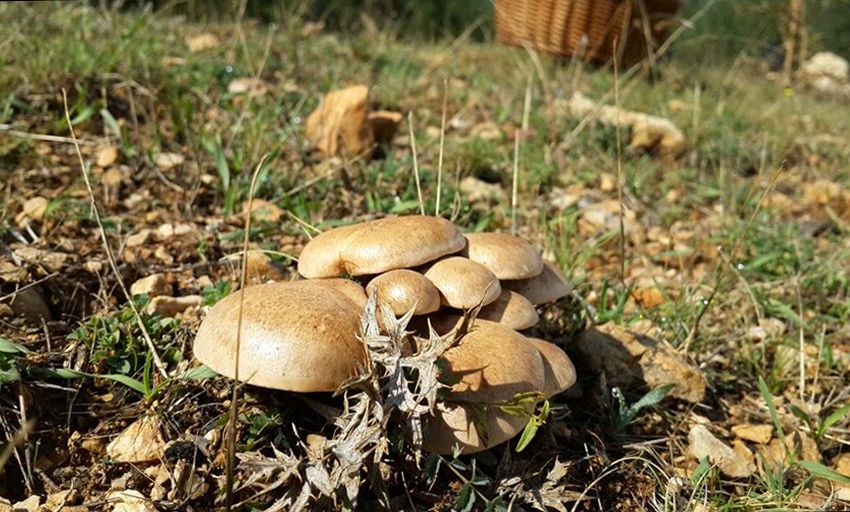
The seta de cardo, P. eryngii, is in many parts the favorite of pickers. For its delicate flavor, its texture and for the pleasure of picking them. We explain how you can grow wild thistle oyster mushrooms the easy way
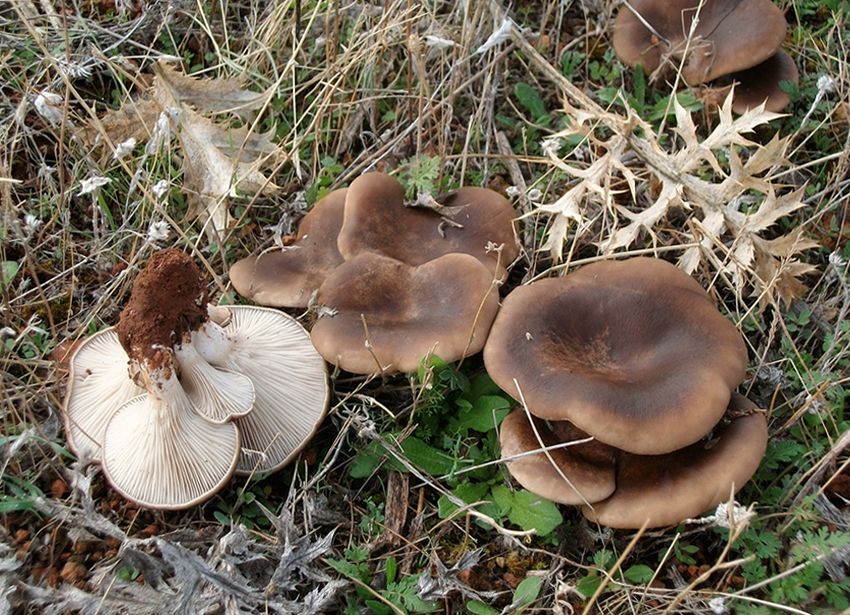
How to grow Pleurotus eryngii on thistle
If you've been wondering how to grow wild thistle oyster mushrooms and create your own Pleurotus eryngii mushroom beds, you've come to the right place. In this article, I'll guide you through the process of growing these delicious mushrooms, providing you with all the knowledge you need to undertake this fascinating project.
They always grow associated with Eryngium campestre, the horned thistle
The thistle mushroom is among the most prized of the mushrooms that appear in our mountains and forests. It's a natural treasure that appears in uncultivated fields, wastelands and meadows, provided there's the presence of horned thistle and the climatic conditions are favorable. This fungus parasitizes the tuberous root of Eryngium campestre or horned thistle, establishing a symbiotic relationship unique in nature.
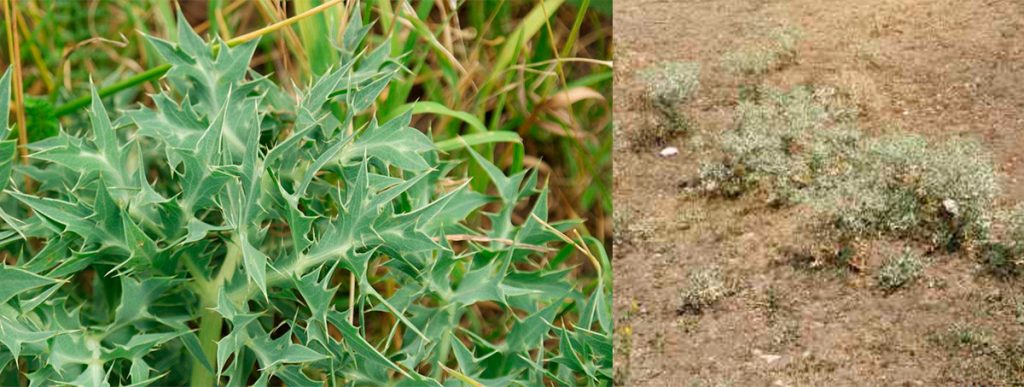
Growing wild thistle oyster mushrooms for self-consumption
Growing oyster mushrooms from wild thistle, P. eryngii, can be approached at different levels, from those who wish to have a hobby mushroom farm for self-supply, to those who are looking for an additional source of income and decide to plant an agricultural area or a specific area in the woods. Best of all, virtually any soil is suitable for its cultivation, making the process easy.
Where to grow thistle oyster mushrooms
There are two distinct situations to consider when starting to grow thistle oyster mushrooms: land where thistles already exist and land where there are no thistles.
In the former case, the path is simplified, as we can direct the inoculations to a portion of the existing thistles, resulting in a rapid appearance of the fungi. On the other hand, on land where there are no thistles, planting or sowing must be carried out, which delays the process by around a year.
It is necessary to allow the thistles to settle into their new environment during this period and, once the time has elapsed, to place the inoculum underground, close to the thistle root.
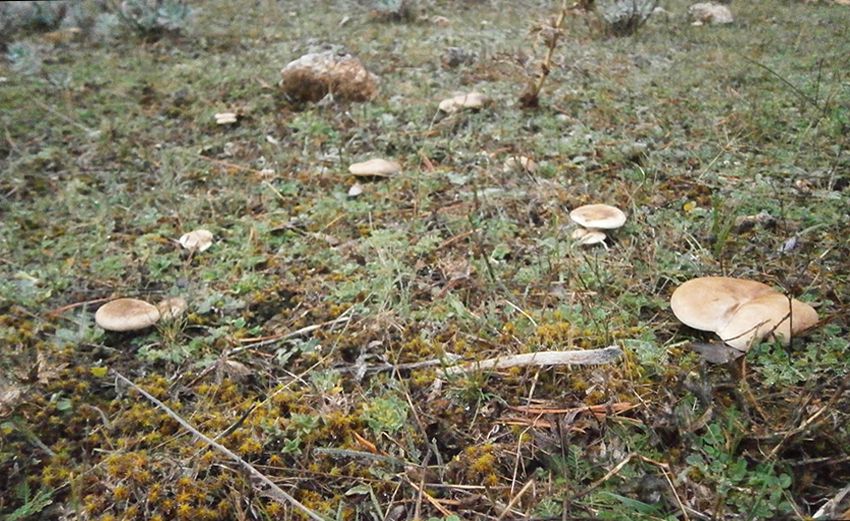
How long does it take for wild thistle mushrooms to appear?
Once the mushroom begins production, the quantity of mushrooms will increase from year to year. It can take from 3 months to a year for mushrooms to appear after inoculation, but the wait is well worth it. Thistle mushrooms are highly prized and can be sold to marketing companies as well as directly to restaurants, hotels and bars.
The rural environment is hungry for opportunities generating new business, and the extensive production of thistle mushrooms fulfills the characteristics to achieve this goal: a product of quality and prestige, as well as an abundance of useless agricultural and rustic land that can be exploited.
Where can I buy the products I need to grow Pleurotus eryngii?
If you're interested in growing Pleurotus eryngii and need the right products, I recommend you visit La Casa de las Setas. In our specialized store, you'll find everything you need to grow mushrooms:
- "Micecardo" thistle mushroom inoculum
- Eryngium campestre plants in forest trays
- Running thistle seeds.
What's more, the team at La Casa de las Setas will be delighted to provide advice and guidance on the most appropriate management for your mushroom farm.

Simple cultivation
The process of growing oyster mushrooms may seem simple at first glance, but it also has its complexities. "All you have to do is get the mycelium and the thistle and fill a plot with thistles and mycelium," say the experts. However, the results have exceeded expectations, because if the crop is grown in spring, you can start harvesting mushrooms in October of the same year. This makes it a profitable project from the very first year.
To apply the mycelium, simply make a small hole looking for the root of the plant and add the contents of the pot with the mycelium. We recommend using one pot per plant, although if we use less we'll also manage to mycorrhize, but the process will be slower. We'll cover the hole with the same soil and water with about 1 liter of water.
It's enough to inoculate only 25% of the plants in the plot, as the mycelium will spread and colonize the rest of the plants
.
Then, as the mycelium is already present in the plot, simply allow the thistles to grow, dry out and release the seeds, so that the thistle fungus mycelium germinates year after year, mimicking the natural cycle. With this approach, production will be even better in the second and subsequent years.
All you have to do is make sure the thistles germinate properly and reproduce, because the more thistles there are, the more mushrooms there will be.

Pleurotus eryngii, an all-terrain, eco-friendly mushroom
As well as being a promising crop, growing thistle mushrooms also offers ecological benefits. Trials have been carried out on plots in different locations, demonstrating that they can be grown on both acidic and calcareous gypsum soils. This broadens production possibilities and makes it possible to double the harvest in areas that were already traditionally thistle mushroom producers, as well as on land where they didn't exist before.
This unique process is also economical and profitable, ensuring high yields in a crop whose price remains between €7 and €10/kg for the harvester, and can reach €30/kg in specialist stores. What's more, the cultivation of thistle mushrooms is totally ecological, making it a sustainable and environmentally-friendly choice.
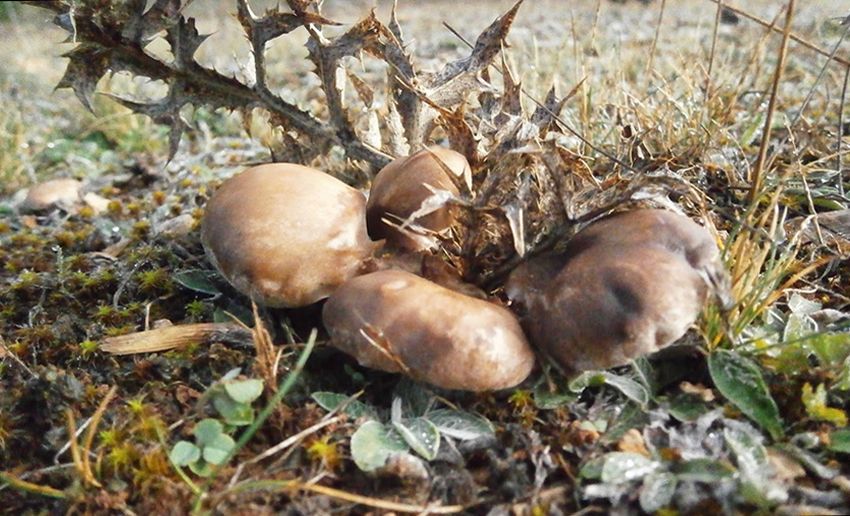
P. eryngii, a delicious mushroom
Now that you know more about how to grow oyster mushrooms and create your own Pleurotus eryngii mycelia, you're ready to embark on this exciting adventure. Their sweet taste, mild smell and fine texture make them a gastronomic delight.
Don't forget that it's always important to consider safety when picking and eating mushrooms. Some species can be dangerous, so you should never eat them unless they've been properly identified by mycology experts.
Don't miss the opportunity to explore the fascinating world of oyster mushrooms and grow your own culinary delights. You're sure to have great success in your mushroom-growing adventure!

Te pueden interesar